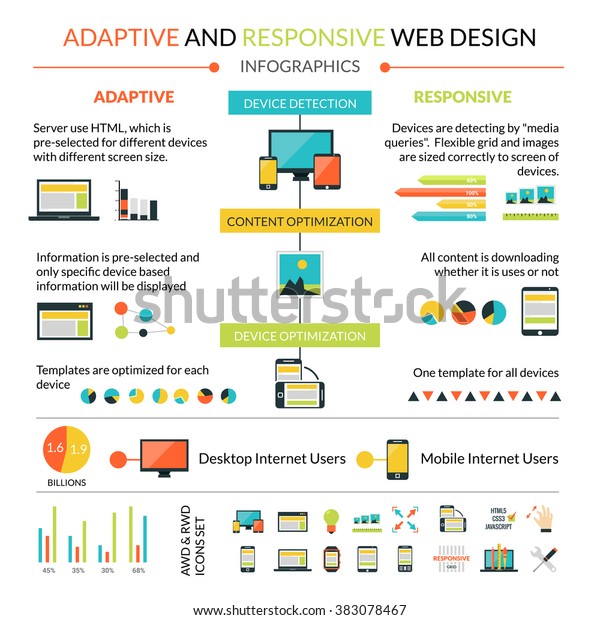Fascinated In Learning Exactly How Web Site Design Has Progressed Over The Years? Check Out The Journey From Fundamental, Straightforward Layouts To User-Centric Interfaces That Focus On The Site Visitor'S Experience
Fascinated In Learning Exactly How Web Site Design Has Progressed Over The Years? Check Out The Journey From Fundamental, Straightforward Layouts To User-Centric Interfaces That Focus On The Site Visitor'S Experience
Blog Article
Author-Monroe Bowles
In the past, internet sites were simple and concentrated on details. Navigating was straight, and style was for desktop computers. Currently, individual experience is essential. Data overviews styles for simple navigating. Responsive layouts match various tools. Today, dark mode lowers pressure, and minimalist food selections boost navigating. Interactive functions involve users, and bold visuals stick out. AI combination increases engagement. See just how web publishing software has actually advanced to enhance your on-line journey.
Very Early Days of Website Design
In the early days of website design, simpleness reigned supreme. Web sites were fundamental, with limited shades, fonts, and designs. The focus got on supplying info rather than fancy visuals. Users accessed the internet with slow dial-up connections, so speed and performance were vital.
Navigation menus were straightforward, usually located on top or side of the page. Websites were made for desktop computers, as mobile surfing wasn't yet prevalent. Material was king, and developers focused on very easy readability over intricate design aspects.
HTML was the main coding language utilized, and developers needed to function within its restrictions. Computer animations and interactive attributes were minimal contrasted to today's standards. Web sites were fixed, with little dynamic web content or individualized individual experiences.
Rise of User-Focused Layout
With the evolution of site style, a change towards user-focused style principles has actually become progressively noticeable. Today, producing websites that prioritize user experience is vital for engaging site visitors and attaining organization objectives. User-focused design entails understanding the needs, preferences, and actions of your target market to tailor the internet site's layout, material, and includes appropriately.
Designers currently conduct detailed research study, such as user studies and use testing, to collect understandings and responses directly from customers. This data-driven method helps in creating instinctive navigating, clear calls-to-action, and aesthetically appealing interfaces that resonate with visitors. By positioning the user at the facility of the design process, web sites can supply a more personalized and pleasurable experience.
Responsive design has additionally become an essential aspect of user-focused layout, guaranteeing that web sites are optimized for various tools and display sizes. This versatility enhances accessibility and usability, satisfying the diverse ways users connect with websites today. Essentially, the increase of user-focused layout indicates a shift towards producing digital experiences that focus on the needs and assumptions of completion user.
Modern Trends in Website Design
Discover the most recent fads forming website design today. One noticeable trend is dark mode design, providing a streamlined and contemporary appearance while lowering eye strain in low-light atmospheres. Another essential pattern is minimalist navigating, streamlining menus and boosting user experience by focusing on essential elements. Including micro-interactions, such as animated buttons or scrolling impacts, can create a more appealing and interactive web site. Responsive style continues to be important, ensuring smooth user experiences throughout numerous tools. Furthermore, utilizing bold typography and unbalanced layouts can add aesthetic rate of interest and accentuate specific material.
Incorporating AI innovation, like chatbots for consumer assistance or individualized suggestions, boosts user involvement and improves procedures. Availability has additionally end up being a considerable trend, with developers prioritizing comprehensive layout practices to cater to varied individual demands. Accepting sustainability by optimizing internet site efficiency for rate and efficiency is an additional arising fad in website design. Teaming up with customer responses and data analytics to iterate and improve layout continually is important for staying pertinent in the ever-evolving electronic landscape. By accepting these contemporary patterns, you can develop a visually appealing, easy to use site that resonates with your target market.
best local seo company
As you assess the advancement of site layout from the early days to now, you can see just how user-focused style has ended up being the driving pressure behind modern patterns.
Embrace the journey of adjustment and adjustment in web design, always maintaining the individual experience at the leading edge.
Keep current with the most up to date fads and innovations, and never quit evolving your approach to produce aesthetically sensational and easy to use websites.
Progress, adapt, and create - the future of website design is in your hands.
